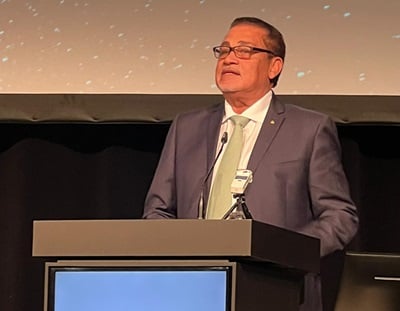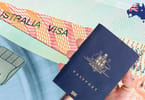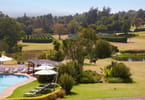LITMUS TEST FOR SANITY – KENYA’S LATEST PLANS FOR A RAILWAY ROUTE THROUGH THE PARK
The commitment towards conservation of the Kenyan government will be put to the test, for this and for generations to come, when a final decision is being made on the routing of the SGR, short for Standard Gauge Railway through Nairobi National Park.
Initially thought to run along the park boundary, almost in parallel to the existing rail line and the section approved for us by the Southern Bypass, have the latest maps seen painted a different picture.
Nairobi National Park is the only park in the world – apart from the only recently launched Lusaka National Park – which borders a capital city and allows for amazing wildlife experiences within the space of an hour from a downtown hotel to come face to face with lions, rhinos, giraffes, buffalos and other game. Small as it is, just under 120 square kilometres, does it nevertheless fulfill an important function for a city which spews exhaust and greenhouse gases and needs such a green lung for its own survival. One of Kenya’s most visited parks, together with the Safari Walk near the park headquarters in Langata, is it also a money spinner for the Kenya Wildlife Service and key ingredient of city tourism and MICE tourism for Nairobi, providing an attraction few want to miss visiting.
The park, as it is, has for years now been under intense pressure, notwithstanding the valiant efforts of local, regional and international conservation groups and of course of FONNaP, a local NGO dedicated to the park known as Friends of Nairobi National Park.
Migration routes into and out of the park have been built over, fenced off and earmarked for imminent industrial and housing developments, turning what used to be a regular route for wildlife from as far as Amboseli or the Chyulu Hills into a slalom and numbers into a trickle. It is broadly accepted that this will have a significant future impact on populations inside the park cut off from the inflow of new genes, a problem perhaps most acute at the Nairobi National Park but increasingly also seen elsewhere in Kenya, wherever fencing and absorption of migration routes for human activities like farming or building have been observed.
The new railway, one the region’s first major new rail infrastructure projects for the past 115 years, is no doubt needed to drive the economic momentum for the northern corridor countries of Kenya, Uganda, Rwanda, South Sudan and Eastern Congo forward and few would argue that it is not necessary. Imports and exports as well as safe long distance passenger transport will benefit substantially from lower cost and lower tariffs and fares and the speed of transportation cut travel times into hours when one previously had to think in days.
When Nairobi was but a depot for railway materials just before the turn of the century in the late 1900’s no one could ever imagine that 115 years later a global city would have emerged around this little assembly of shacks and tents. Today can perhaps something similar be achieved by routing the new railway away from the capital and creating a new hub location, around which in years to come residential and industrial properties can grow, and from where the city itself could be accessed by a short link section, should this be thought necessary. Such a routing could bypass the park altogether along a southern route into the Rift Valley but it seems that cost is the driving factor to ignore such a solution as more tunnels and bridges would be required while ‘Dumb and Dumber’ will point to the land of the national park, owned by the government and therefore thought to be ‘free’ without taking the massive environmental cost into account.
It is here that I must question the sanity and mental state of the consultants who produced this latest routing proposal, individuals who no doubt would in a flash degazette the park altogether given the power and turn it into upscale residential gated estates, golf courses and – at least the fringes – into industrial parks.
It is today more than ever before necessary that not just the conservation fraternity but also the people of Nairobi at large are standing up and protesting against such ludicrous plans, because one thing is sure, if this is not stopped dead in its tracks now, other parks like Nakuru will be next on the hit list of such consultants and developers.
Follow the discussion through conservation NGO web pages, Facebook pages and on Twitter, sign the relevant petitions and in your own personal capacity object wherever and whenever possible or else will taking such pictures, shot by this correspondent during one of the park visits last year, be a thing of the past and only found in books but no longer seen for real.
WHAT TO TAKE AWAY FROM THIS ARTICLE:
- Such a routing could bypass the park altogether along a southern route into the Rift Valley but it seems that cost is the driving factor to ignore such a solution as more tunnels and bridges would be required while ‘Dumb and Dumber' will point to the land of the national park, owned by the government and therefore thought to be ‘free' without taking the massive environmental cost into account.
- It is here that I must question the sanity and mental state of the consultants who produced this latest routing proposal, individuals who no doubt would in a flash degazette the park altogether given the power and turn it into upscale residential gated estates, golf courses and – at least the fringes – into industrial parks.
- Nairobi National Park is the only park in the world – apart from the only recently launched Lusaka National Park – which borders a capital city and allows for amazing wildlife experiences within the space of an hour from a downtown hotel to come face to face with lions, rhinos, giraffes, buffalos and other game.






















